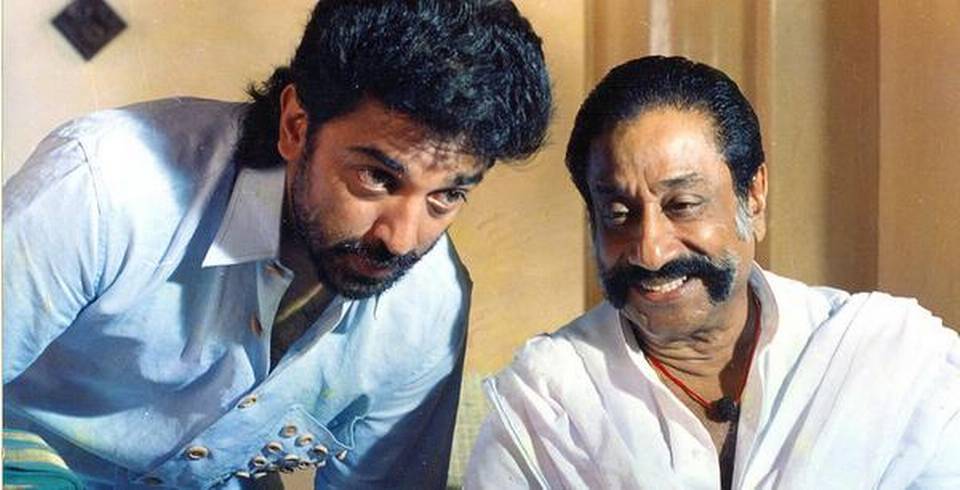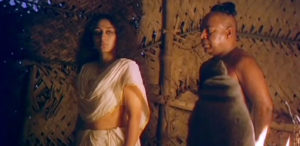In 1969, Mario Puzo‘s life changed forever with his novel ‘The Godfather’, which is one of the most sold books ever on this planet. Francis Ford Coppola adapted it and made one of the most influential crime movies ever, The Godfather (1972). Its success was followed by the sequels, Godfather II and III in 1974 and 1990 respectively.
It is not an exaggeration to claim that there has to be at least one Godfather inspired movie in every language. In India, there are numerous offsprings for Godfather and in Bollywood, Dharmatma is the eldest one (only in terms of the year it got released).
Dharmatma (1975) was the first Indian movie to be shot in Afghanistan. It ruled the box office for a while and became a turning point for the director Feroz Khan. Later on, many others followed this path opted to make movies drawing ideas from plot points of Godfather.
Muktha Srinivas was planning a Tamil version of Godfather version with Sivaji Ganesan and Kamal Hassan in lead roles, but this project got shelved. But Kamal was always enthusiastic about this plan and it anchored there in his mind.
Post-1990, when Godfather III reminded the whole world of the timeless value of the franchise again, more inspirations started pouring in.
Trivia says, Kamal Hassan, challenged that he will write a screenplay in 12 days and surprising everyone, he finished the screenplay of Thevar Magan in 7 days. (If that didn’t shock you then well, Silvester Stallone finished writing The Rocky in 3 and half days.)

Unlike other Godfather inspirations, Thevar Magan’s essence is based more on the familial values than the crime and betrayals. This is one reason why Kamal invited his friend and one of the best directors ever Bharathan to direct Thevar Magan (1992). The rest is history! Apart from collection records, Thevar Magan also bagged 5 national awards and was India’s official entry to the Oscars.
Meanwhile, in Bollywood, three Godfather inspired movies got released in the 90s. Starting with Zulm Ki Hukumat (1992) directed by Bharat Rangachary in which Dharmendra and Govinda played the key roles.
Followed by Aatank Hi Aatank (1995) directed (and edited) by Dilip Shankar, starring Rajinikanth, Aamir Khan, Juhi Chawla, and Archana Joglekar. Obviously, the stardom and the almost similar plot won the box office.
A year later, Sapoot (1996) directed by Jagdish Sharma delivered another desi-Godfather, starring Sunil Shetty, Akshay Kumar, Karishma Kapoor, and Sonali Bendre.
Maybe 3 Godfather movies and Bollywood felt that saturated for a while, but not for long. In 2005, the best Bollywood Godfather shook the box office. Sarkar (2005) written(along with Manish Gupta) and directed by Ram Gopal Varma, starring Amitabh Bachchan and Abhishekh Bachchan.

We shouldn’t compare Amitabh’s Subhash Nagre with Marlon Brando’s Vito Corleone, but Sarkar was archived at the American Academy of Motion Pictures library. It is the only Godfather inspiration that became a franchise. The sequels Sarkar Raj and Sarkar 3 got released in 2008 and 2017 respectively.
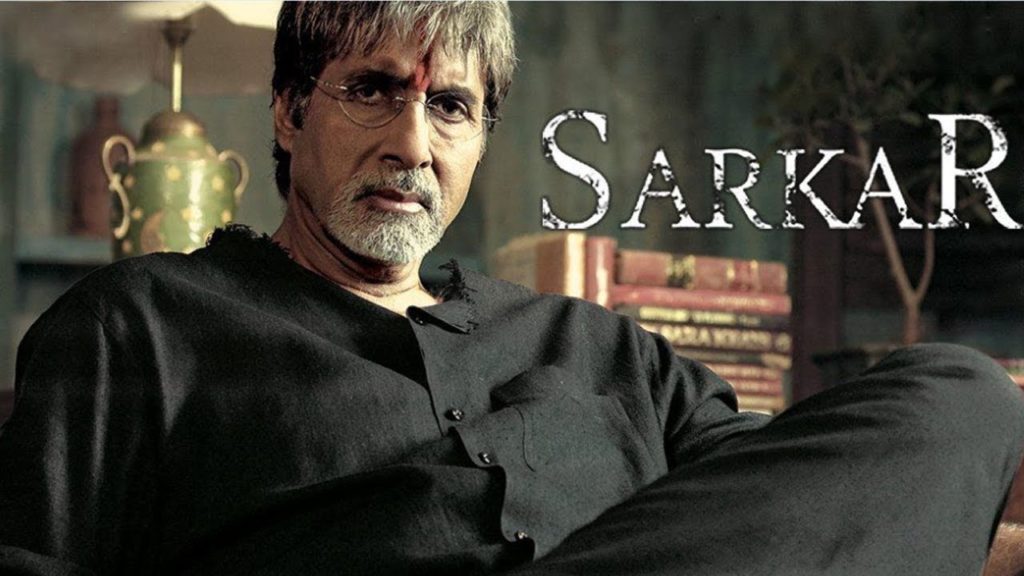
Sarkar inspired others and even lead to remakes. Malayalam movie Don (2006), directed by Shaji Kailas starring Dileep and Lal is a ripoff. At the same time, Telugu movie Rowdy (2014) is an official remake.
Thevar Magan is the best among all these if you are keener on the portrayal of relationships and dynamics of the family.

In one scene, when Shakthi enters his house, Periya Thevar calls him across. Since it is heavily raining, he can’t cross through the open central courtyard. He walks around this courtyard and reaches behind his father, but stays behind a pillar out of immense respect (and fear). Periya Thevar asks him to stand facing him and even then, stays behind another pillar like a little boy who is scared of his father. By now we have already seen this son beating up many Silambam (or Silambattam) martial arts practitioners. So Shakthi is not a little kid elsewhere, but like every other villager, Periya Thevar is the most respected overlord. His father’s anger gradually evolves into something emotional, so does the mood of the scene. The poignant dialogues of a father who wants his son to settle in his village for the rest of their lives. Shakthi convinces him that he wants to migrate to the city, but agrees to stay with his father for 10 more days. Both of them are crying at this moment and just when Shakthi is heading to his room, he slips on the wet floor and almost falls. Kamal Hassan and Bharathan used rain as a motif and then used it very efficiently to evoke more empathy with a mundane but crucial event. Periya Thevar is not an overlord anymore, but a vulnerable father who loves his son more than anything and lets out a voice in shock. Shakthi walks away and disappears, but at the same time, he peeks back to see whether his father is watching him even then. Both of them stare at each other again breathing their love for each other.
At the end of the movie, though he doesn’t want to shed blood, Shakthi finally opts for a weapon, ends the evil and walks away to the law enforcement officers, carrying the weapon on his shoulder as if he is Christ carrying the cross on his way to his crucifixion.

Thevar Magan has influenced many other movies. Some others drew the swag or plot-points or sequences from Thevar Magan.
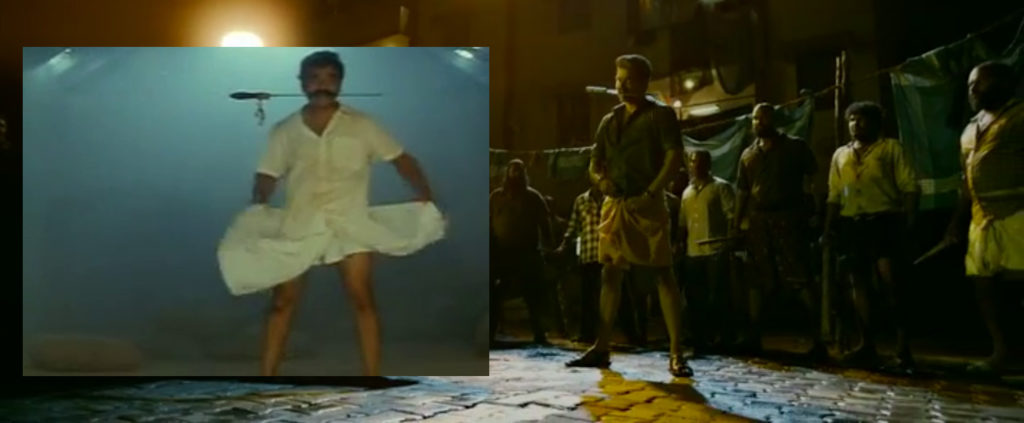
Do let me know your thoughts and notify us about the other inspirations which I have missed to mention. Also, do you think Kamal will make Thevar Magan 2 after the much-awaited Indian 2?
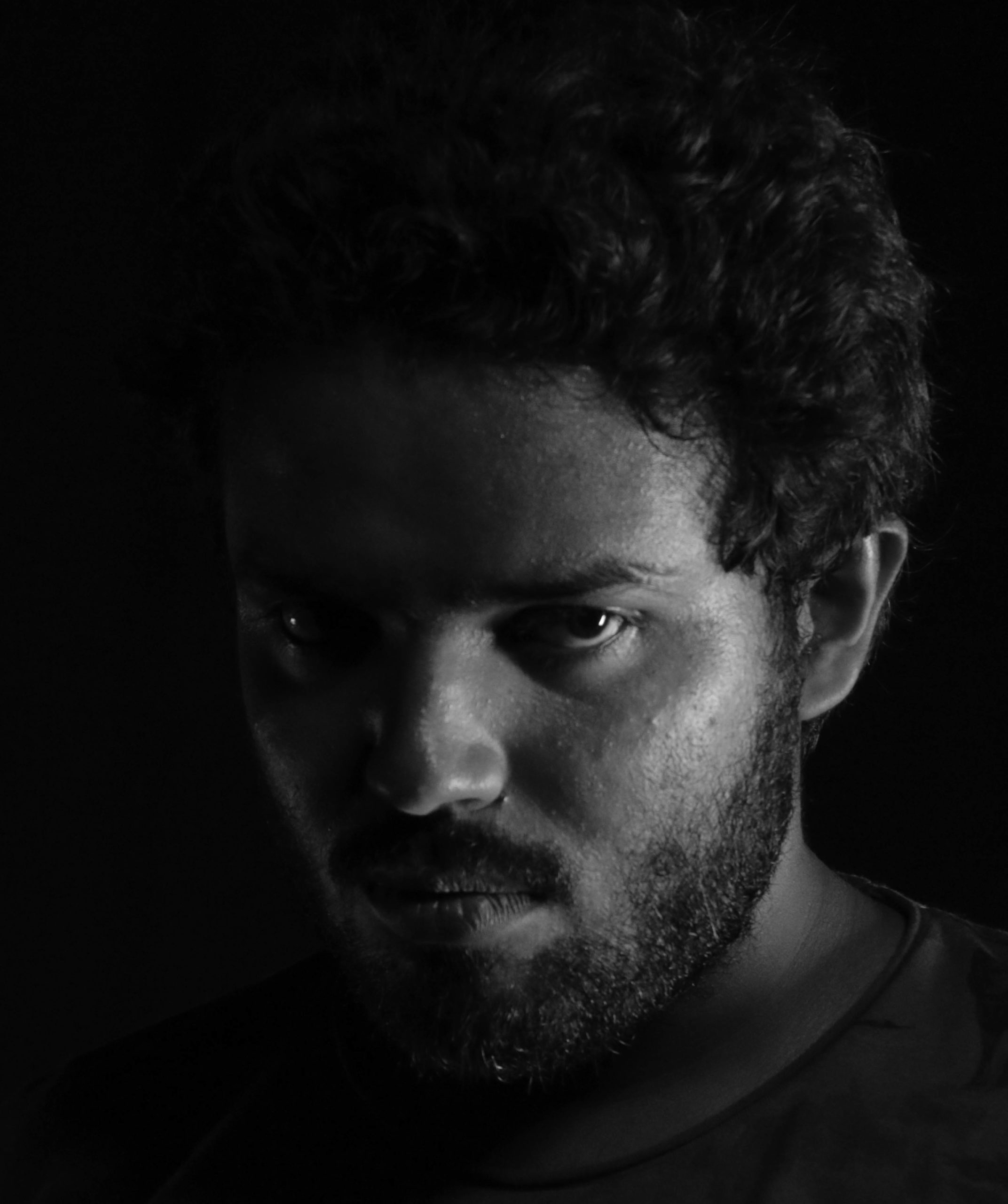
He was institutionalised for 6yrs in a Film Institute, to forget about the 4yrs which an Engg college stole. Inveterate dreamer who dreams to utter Spielberg’s words, “I dream for a living.”
